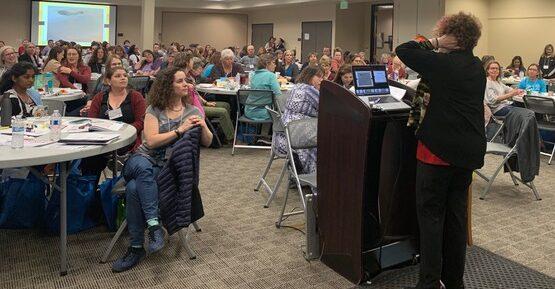Play Therapy:
The Key To Kids
You can learn more in one hour of play than in a year of conversation
- Plato
FIND WHAT'S IMPORTANT
FEATURED CATEGORIES

Training
CalAPT conducts, encourages, and fosters educational trainings, meetings, and workshops. Through our state branch and multiple chapters, CALAPT hosts over thirty trainings per year.

Conferences
CalAPT hosts two annual conferences per year, one in Northern California and one in Southern California, which offer hands-on training, networking, play therapy vendors and continuing education hours.

Communication
CalAPT connects with our membership, the mental health community, and the general public through outreach events, newsletters, e-mail, and social media.
JOIN OUR MAILING LIST
If you are already an active member of the Association for Play Therapy you are automatically subscribed to our mailing list.
Contact Us
California APT
P.O. Box 12404
Newport Beach, CA 92658
Phone
(888) 230-1949
International APT
www.a4pt.org



